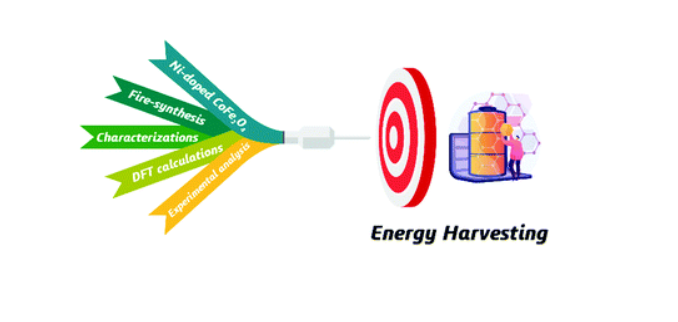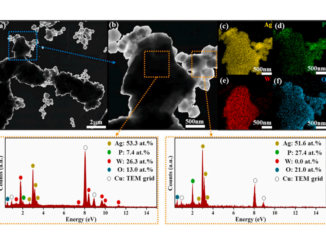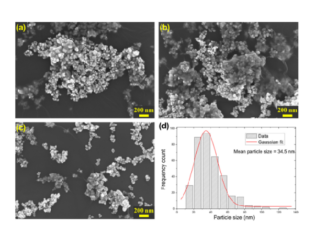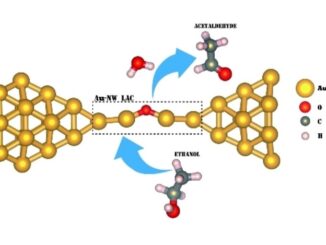
Observation of dielectric dispersion and relaxation behavior in Ni2+-substituted cobalt ferrite nanoparticles
Abstract: In this study, a joint theoretical and experimental approach was employed to investigate the structural, electronic, magnetic and dielectric properties of novel ferrite (CNF) Co1−xNixFe2O4 (x = 0.0, 0.25, 0.5, 0.75 and 1.0) nanoparticles obtained using a low-cost combustion synthesis technique. Structural analysis indicated the single-phase formation of synthesized ferrite with a cubic spinel structure. Rietveld refinement was performed to estimate the lattice constant, strain and cationic distances. Vibrational Raman spectroscopy was employed to further confirm the monophasic cubic spinel structure with inverse cation distribution associated with the increase of the T2g(2) Raman mode, evidencing the presence of different cations at octahedral sites. The real part of the dielectric constant (ε′) and the dielectric loss tangent (tan δ) were explored as a function of frequency, and the Nyquist complex impedance plots of all the samples were studied. The electrical properties of the samples at room temperature demonstrated the dispersion behavior associated with Maxwell–Wagner interfacial polarization mechanism and the hopping of charge carriers. DFT calculations complemented the experimental characterization, indicating a ferrimagnetic ground state for all models associated with band gap increases and dielectric constant reduction with an increasing amount of Ni. The low dielectric loss with Ni2+ substitution at higher frequencies makes CNF a promising candidate in the electronics industry for energy-harvesting devices.
Author(s): Srinivasamurthy, K. M.; El-Denglawey, A.; Manjunatha, K.; Angadi, V. J.; Oliveira, M. C.; Longo, E.; Lazaro, S. R.; Ribeiro, R. A. P.
J. Mater. Chem. C
Published: 21 Jan 2022
DOI: https://doi.org/10.1039/D1TC05980G
CDMF
The CDMF, hosted at the Federal University of São Carlos (UFSCar), is one of the Research, Innovation and Dissemination Centers (RIDC) supported by the São Paulo State Research Support Foundation (Fapesp), and also receives investment from the National Council Scientific and Technological Development (CNPq), from the National Institute of Science and Technology of Materials in Nanotechnology (INCTMN).




